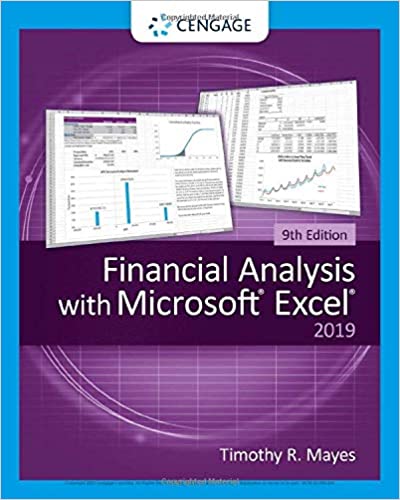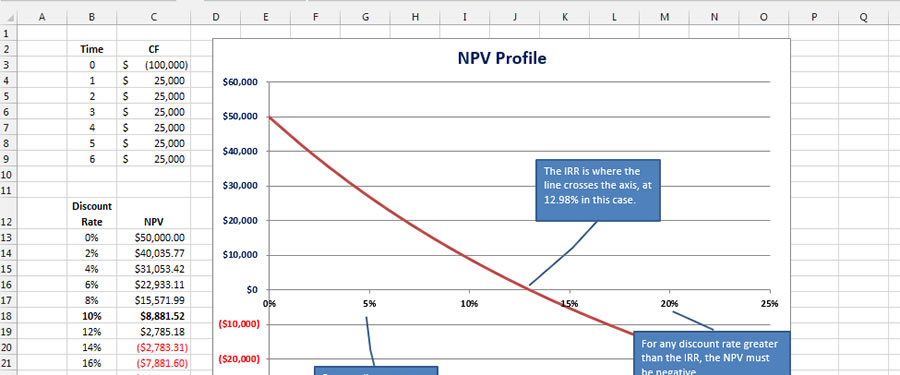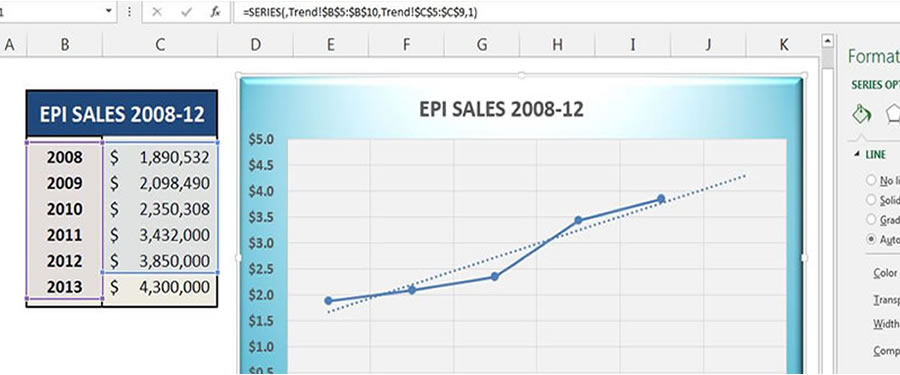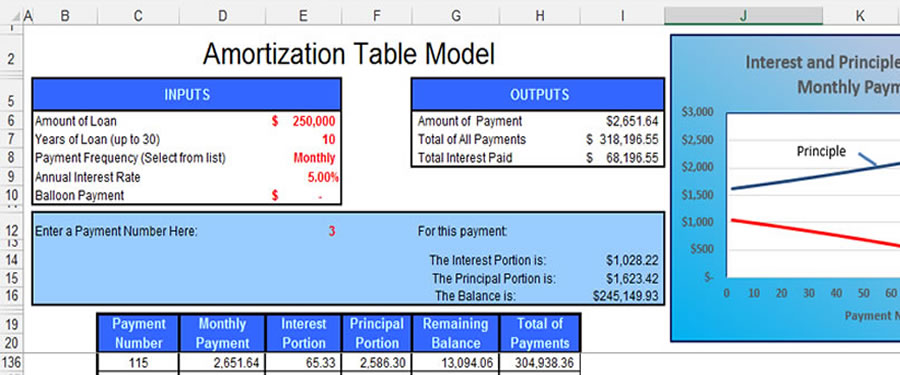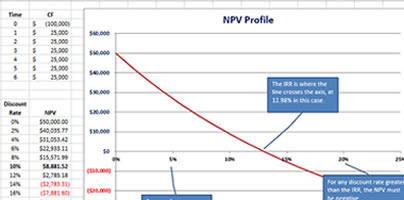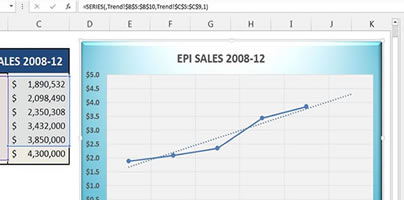Exams are designed to
test your understanding of how to directly apply what was covered in class. Your ability to perform well
on exams will require a large amount of preparation involving EXTENSIVE individual
practice on problems and examples. In addition, all past exams have been posted on the schedule page with solutions. These exams are an excellent study tool and you should make as much use of them as possible.
The are four 100-point exams in the course. You must take at least three of these exams. The dates of these exams are listed on the Schedule page of this website. You can take the exam any time on those days. The first three exams each cover approximately one-third of the material. The fourth covers all of the material. You have
three options concerning the exams:
- If you take all of the three regular exams,
you can opt not take the fourth exam and instead substitute the
average of your three regular exam grades for the fourth exam
grade.
- If you miss one of the first three regular exams,
you must take the fourth exam and the score you earn on it
will count for the test you missed and also for the fourth exam
score.
- If you take all three regular exams
you can opt to take the fourth exam in an attempt to improve your overall score and grade. The score you earn on the fourth exam
will substitute for the lowest of the three regular exam
scores in addition to counting for the fourth exam score. This option cannot hurt your overall grade. If the score you earn on Exam 4 is not sufficient to improve your overall score it will not be used.
NOTE WELL: There are no "make-up" exams. If you miss one of the exams you must use Option 2 above. That's why skipping the first exam for any reason other than illness or an unavoidable conflict is A VERY BAD IDEA. Doing so negates your ability to recover from missing another exam if you do fall ill or have a conflict. Please don't skip the first exam unless you absolutely must.
Exams will be taken on the dates listed on the Schedule page of this website using ProctorU, a commercial online exam proctoring servcie. You can schedule your exams any time between 8:00 AM CDT and 7:00 PM CDT and you will have up to 2.5 hours to complete them (and up to 3.0 hours for Exam 4). You will be charged a fee of $33.75 for each exam and you must schedule your exams with ProctorU at least 72 hours in advance or you will be charged a late fee of up to $12. .
More information on the testing procedure will be provided prior to Exam 1.
